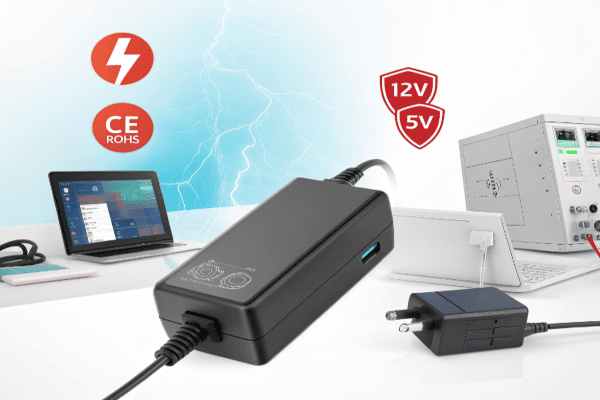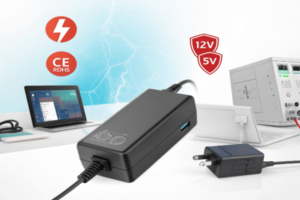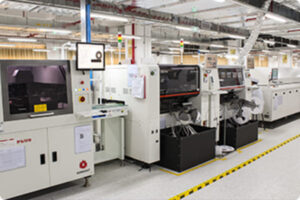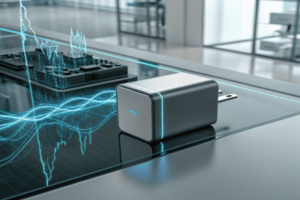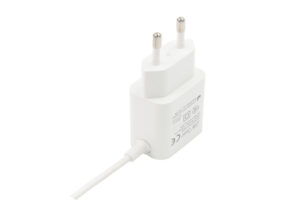Power adapters are small boxes we all use but rarely think about. They sit between your wall socket and your device, quietly doing their job. Yet picking the wrong one can damage your gadgets or leave them powerless.
A power adapter converts high-voltage AC electricity from your wall into safe, low-voltage DC power that devices need. It prevents damage by providing just the right amount of power your specific device requires.
Many people assume all power adapters are the same, but using the wrong one can fry your expensive electronics. Let me show you why choosing correctly matters.
What types of power adapters exist for different devices?
You wouldn’t use a truck to deliver pizza – similarly, different gadgets need specific adapters. The wrong type won’t just fail to work; it might cause permanent damage.
Main power adapter types include AC wall adapters for laptops, DC adapters for cameras, USB adapters for phones, and car adapters for road trips. Each delivers electricity differently to match device requirements.
Understanding adapter specifications
Getting the right adapter involves checking four key specifications:
| Specification | What It Means | Where To Find It | Why It Matters |
|---|---|---|---|
| Voltage (V) | Electrical pressure | Device label/power input | Too high fries circuits, too low prevents operation |
| Amperage (A) | Current flow rate | Device specifications | Insufficient amperage causes slow charging |
| Connector | Plug shape/size | Device charging port | Wrong connector simply won’t fit |
| Wattage (W) | Total power (V×A) | Calculated or listed | Must meet or exceed device needs |
For example, a laptop needing 19V/3.42A requires a 65W adapter (19 × 3.42 ≈ 65). A weaker adapter might not charge it, while incorrect voltage could destroy the battery. The circular connector must also match the laptop’s power port perfectly.
How can you choose the safest and most efficient power adapter?
Grabbing any adapter that fits seems convenient, but proper matching ensures both safety and performance. I learned this the hard way when a cheap adapter melted my tablet’s charging circuit.
Always match voltage exactly, meet or exceed amperage needs, verify physical connector compatibility, and preferably use manufacturer-approved adapters. Third-party options must list matching specifications clearly.
Key considerations when selecting adapters
- Safety Certifications[1]: Look for UL/CE marks indicating rigorous testing
- Voltage Tolerance: Some devices accept slight variations (±5%)
- Smart Charging[2]: Modern USB-C PD adapters negotiate correct power delivery
- Overload Protection: Good adapters shut down during power surges
- Efficiency Ratings[3]: Energy Star adapters waste less power as heat
I once ruined a $2,000 camera by using a 9V adapter when it needed 5V. The repair cost exceeded five proper adapters. Now I double-check every specification before connecting anything.
Conclusion
Power adapters serve as crucial gatekeepers between wall outlets and your valuable electronics. Understanding their types and specifications prevents damage while ensuring optimal device performance.
[1]: Understanding safety certifications like UL and CE can help ensure the reliability and safety of your electronic devices.
[2]: Exploring smart charging technology can enhance your knowledge of efficient power delivery and device compatibility.
[3]: Learning about Energy Star ratings can guide you in choosing energy-efficient products that save money and reduce environmental impact.

